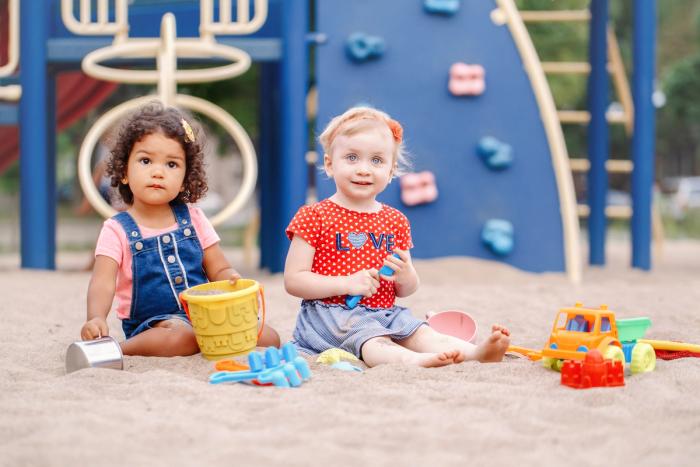Toddler, Spanish, and Apraxia Oh My? A How-To for SLPs
Apraxia intervention can feel a little overwhelming – it’s a more specialized area than what many of us were exposed to in graduate school and the cases might be few and far between. Research has outlined the principles of motor learning and there are several efficacious approaches we could employ. But much has been studied with school-age, English-speaking children. So how do we apply this highly repetitive, focused protocol to young children? Furthermore, it is estimated that 48% of children enrolled in early intervention belong to a racial/ethnic minority group, of those children, up to 75% are Spanish-speaking. How does a SLP even approach this? This session will discuss how a family-centered approach is an evidence-based intervention. When we center families, honor their home language use and expertise, then we can provide balanced, meaningful and efficacious intervention. This session will discuss the bilingual intervention research as it applies to apraxia. Spanish intervention will be highlighted, demonstrating assessment measures, target selection, and available resources.
Explore Course